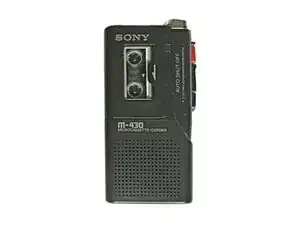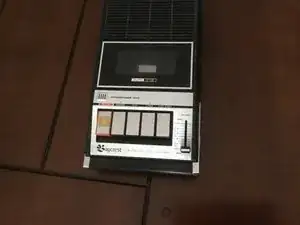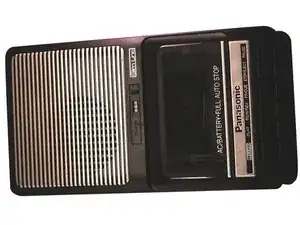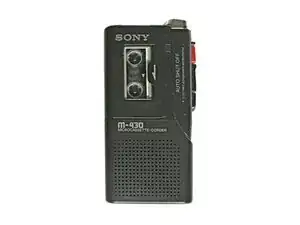Background and Identification
An audio tape recorder, tape deck, or tape machine is a sound recording and reproduction device that uses magnetic tape to record, store, and replay sound. Tape recorders record a fluctuating signal by moving the tape across a tape head that magnetically polarizes the tape in proportion to the audio signal. Tape recorders include a reel-to-reel tape deck and a cassette deck, which uses a cassette for storing the tape.
Using magnetic tape for sound recording was developed in Germany around 1930 as a paper tape with an oxide lacquer. Before the development of magnetic tape, magnetic wire recorders were used to demonstrate the concept of magnetic recording but generally had poor audio quality. The development of magnetic tape revolutionized the music recording and radio broadcast industries. The audio could be recorded, re-recorded, edited, and rearranged with minimal loss in quality.
As of the 21st century, analog magnetic tape was largely replaced by digital recording technologies, though magnetic tape has been the highest quality analog recording medium available. Tape recorders vary widely from small hand-held devices to large multitrack machines. A device with built-in speakers and audio amplification capabilities is generally referred to as a “tape recorder” and if it has no recording functionality, it is referred to as a “tape player.” A device that requires external amplification for playback is generally called a “tape deck” regardless of whether or not it has recording capabilities.




